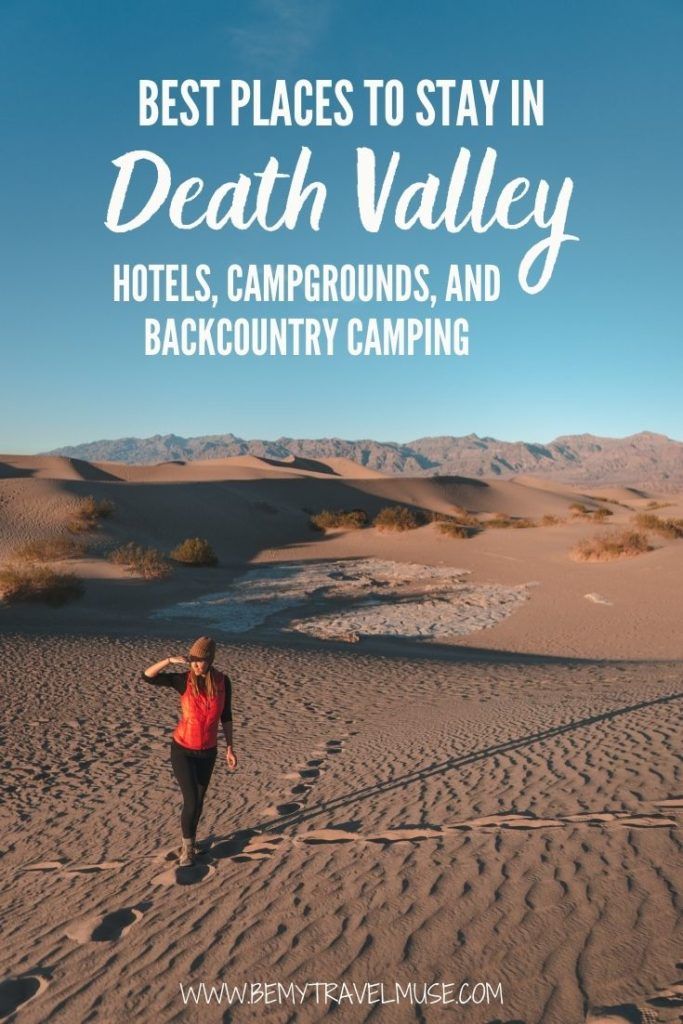
Death Valley may sound intimidating, and to some degree it is. It holds the record for having the highest temperature ever recorded on Earth, and its sweltering heat also makes it the nation’s driest national park.
But behind the deathly name lies gorgeous land formations, salt pans, and trails. In fact, Death Valley is the largest national park in the lower 48! This destination is worth a stay over multiple days, and having the right accommodation is key to making the most of this desert trip.
With such a variety of lodging options within the park, here’s a guide on the best places to stay in Death Valley:
Private Accomodation
The Oasis at Death Valley
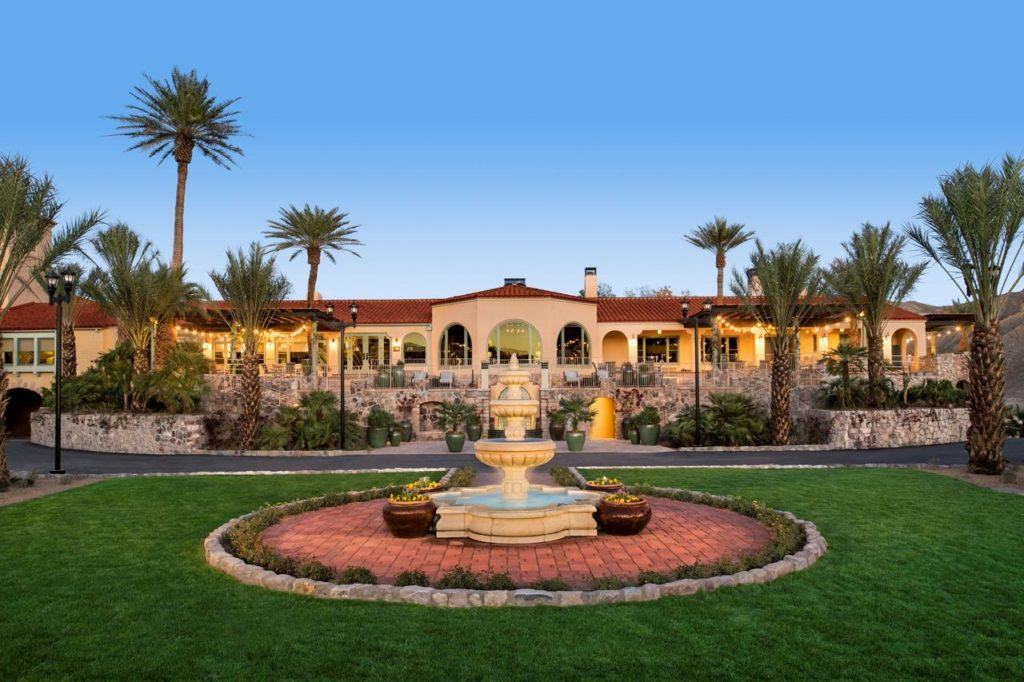
If you’re willing to spend a little more cash for your trip, The Oasis at Death Valley is the closest you’ll get to a luxury experience there. The property has three accommodation options: The Ranch at Death Valley, The Inn at Death Valley, and Fiddlers’ Campground. The Ranch is more for casual stays, while The Inn is more for luxury stays. Fiddlers’ Campground is The Oasis’ private RV park and is located near the National Park Service Visitor Center.
I stayed at the Oasis the first time I visited Death Valley and loved the 1920s-era vibe of it. The location is excellent too, near Zabriskie Point, the Golden Canyon, and the Badwater Basin.
Amenities: It’s truly an oasis, with an 18-hole golf course, multiple restaurants, a spa, a pool, sports courts, and more.
Stovepipe Wells
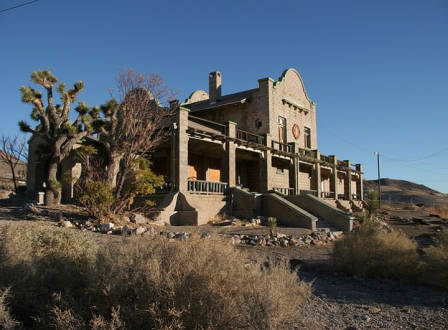
Stovepipe Wells is an option for travelers who want a less extravagant experience than The Oasis but don’t want to sacrifice the basics. The hotel has a great location in the middle of Death Valley, so it’s great for convenience. The rates here are pretty straightforward: patio rooms are $144/night, standard rooms for $179/night, and deluxe rooms for $226/night.
Amenities: The area has a swimming pool, public computers (although Wi-Fi is temporarily unavailable), private RV hookup sites, a couple of restaurants, a gift shop, and a general store.
Panamint Springs Resort
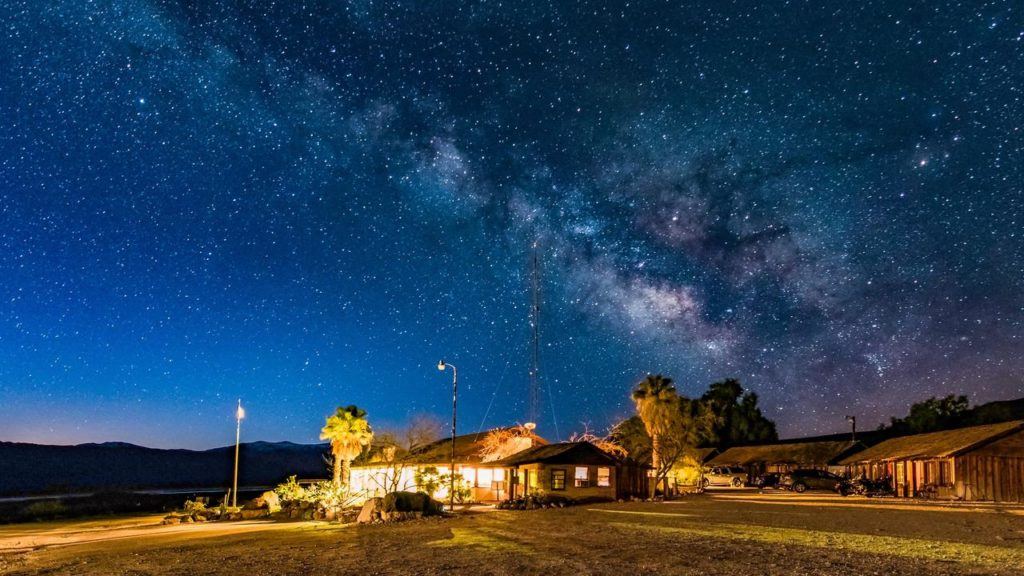
Panamint Springs Resort is a no-frills, simple lodging option if exploring is your main goal. With the nearby Panamint Mountains and sand dune formations, you can hit the ground running with your travels. This option has quite the price range, as lodging can cost anywhere from $114 to $290 a night. Check out the resort’s accommodations page for more information.
Amenities: This area has a gas station, general store, restaurant, and private camping area.
Camping:
Camping is the way to go if you want to spend your time in Death Valley surrounded by its nature. While current camping spots are closed due to COVID-19, these sites are usually open and abundant. Plus, Death Valley is one of few national parks to allow free-camping, with some caveats (see below).
All campgrounds are open from October to April, but some of them close during the summer (May – September). Click here for a map of Death Valley’s campgrounds.
Furnace Creek Campground
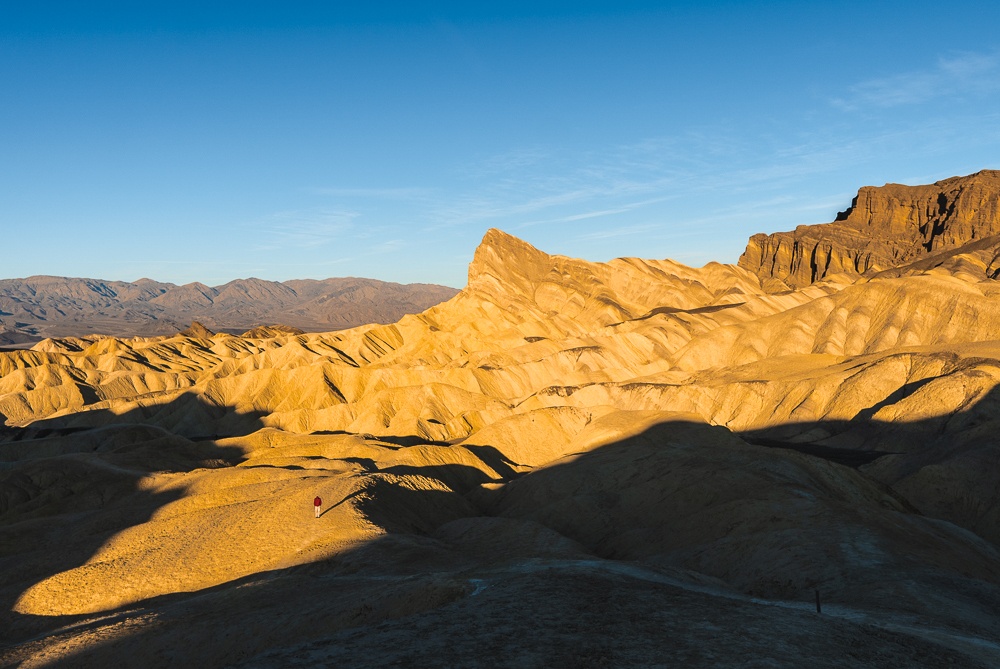
About the Campground: Furnace Creek is the most popular and developed of the park’s campgrounds. While the campground accepts reservations during the winter season (Oct. 15 – April 15), there are no reservations needed during the summer. This is also the only campground that has hookup sites and designated group sites.
Furnace Creek is near other campgrounds such as Sunset and Texas Springs, as well as a short walk away from The Oasis resort. Besides being near nature points like Zabriskie Point, the area is a hotspot for birdwatching.
Where is it: Furnace Creek Campground is in the eastern part of the park’s middle area, on State Highway 190.
Fees: A site here costs $22, or $11 with lifetime pass. Hookup sites cost $36, or $25 with a lifetime pass.
Number of Sites: There are 136 campsites here. For more information, visit the campground’s webpage.
Sunset Campground
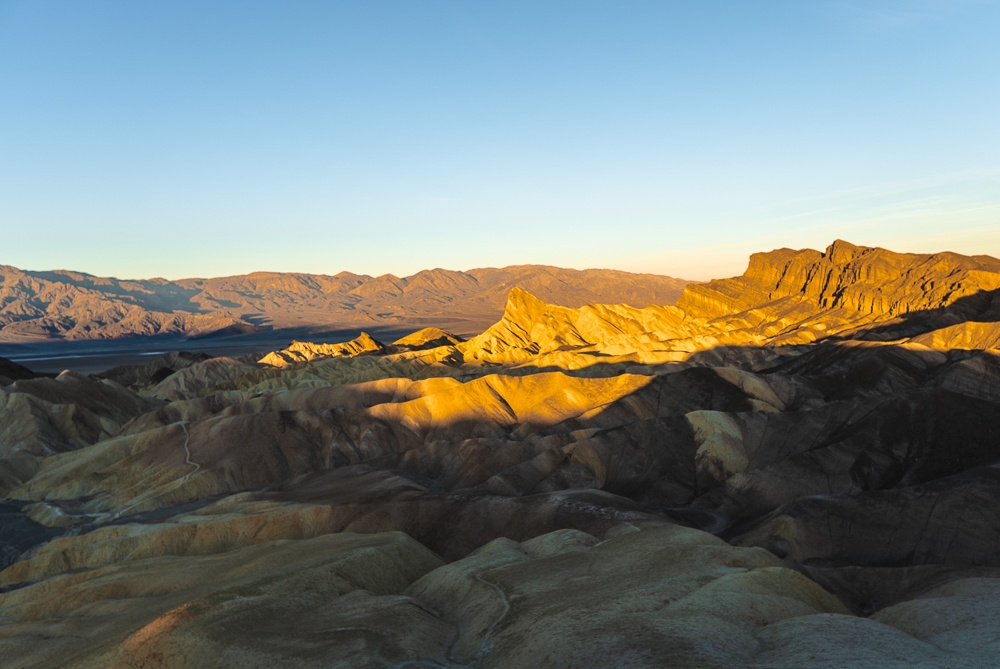
About the Campground: This campground has the most sites out of all of Death Valley’s campgrounds, so travelers shouldn’t have a problem finding a spot. Car and tent parking are allowed here, but other than that the sites don’t have many additional features. For amenities like showers, internet, ice, and more, you can visit the nearby Oasis resort.
Where is it: The campground is located in Furnace Creek, along with Furnace Creek and Texas Springs campgrounds. The campground is open from October 15 to April 15.
Fees: One site is $14, or $7 with lifetime pass.
Number of Sites: There are 270 sites, all being first come-first serve.For more information, visit the campground’s webpage.
Texas Springs Campground
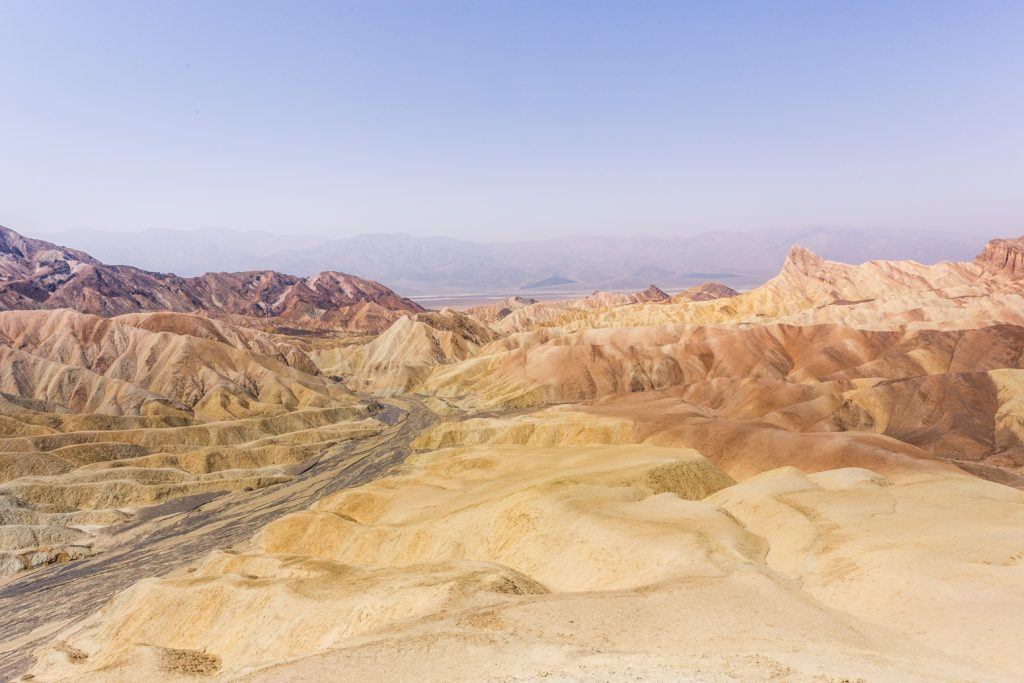
About the Campground: This campground is located in Furnace Creek, but on hilly land above Sunset and Furnace Creek campgrounds. Texas Springs is open from October 15 to April 15. Unlike the Sunset campground, each site here has a firegrate and picnic table.
Where is it: The campground is located in Furnace Creek, along with Furnace Creek and Sunset campgrounds.
Fees: $16 for a site, or $8 with lifetime pass.
Number of Sites: There are 92 sites here. For more information, visit the campground’s webpage.
Stovepipe Wells Campground
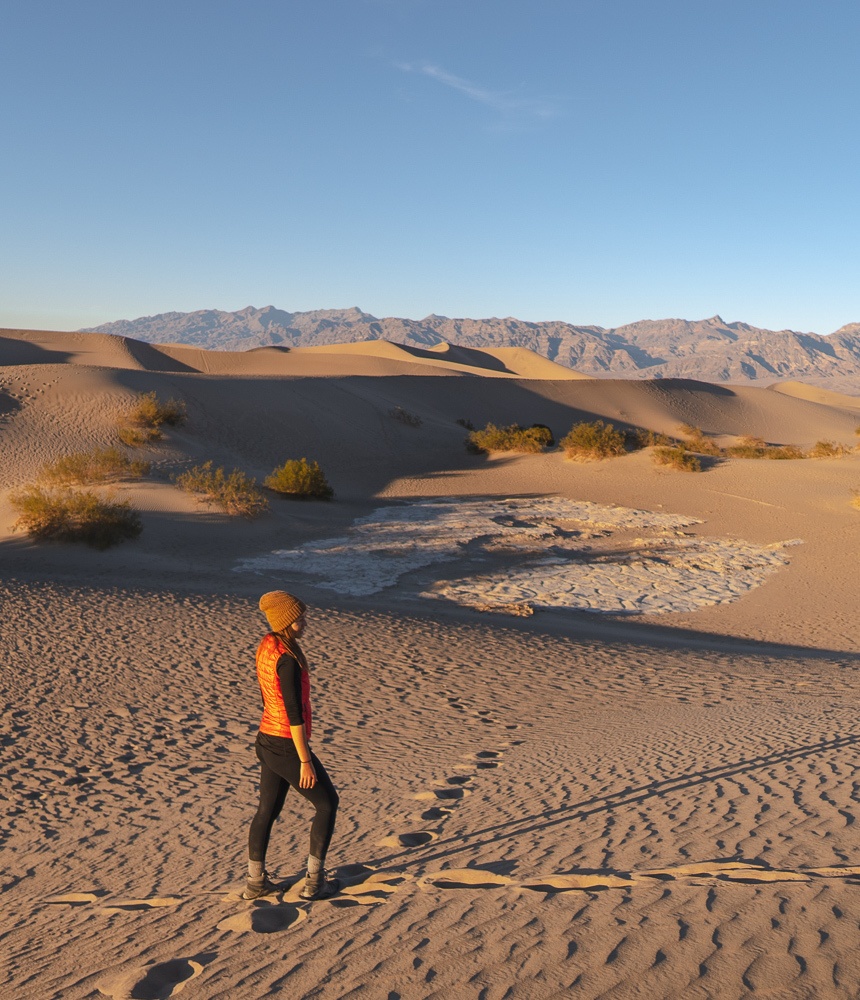
About the Campground: This campground is near a general store, as well as some private lodging. Nearby nature spots include the Mesquite Flat sand dunes and the Mosaic Canyon trails. This campground is open from October 15 to April 15.
Where is it: This campground is half an hour northwest of the Furnace Creek area.
Fees: $14 for a site, or $7 with lifetime pass.
Number of Sites: There are 190 sites here. For more information, visit the campground’s webpage.
Mesquite Spring Campground
About the Campground: This campground is a prime spot to see some of Death Valley’s geological variety. It is only a few miles away from the Ubehebe Crater and some of the more mountainous parts of the park. This site is open all year long.
Where is it: Mesquite Spring is around an hour and 15-minute drive north of the Furnace Creek area.
Fees: $14 for a site, or $7 with lifetime pass
Number of Sites: There are 40 sites here. For more information, visit the campground’s webpage.
Emigrant Campground
About the Campground: This primitive campground is tent-only, but travelers can purchase supplies at the Stovepipe Wells Resort (which is about 10 miles northeast). This campground gives a great view of the nearby Cottonwood Mountains and is open all year.
Where is it: The campground is around 40 minutes northwest of Furnace Creek.
Fees: None
Number of Sites: There are 10 sites here. For more information, visit the campground’s webpage.
Wildrose Campground
About the Campground: This campground is located in the Panamint Mountains, at an elevation of about 4100 feet. The campground is a few miles northwest of the Thorndike and Mahogany Flat campgrounds.
Where is it: This campground is an hour and 15 minute-drive southwest of Furnace Creek, near the western border of the park.
Fees: None
Number of Sites: There are 23 sites here. For more information, visit the campground’s webpage.
Thorndike Campground
About the Campground: This campground is in one of the lusher areas of Death Valley, as well as the Wildrose Peak trail. Be warned: due to the campground’s high elevation and location, a 4×4 may be needed.
Where is it: The campground is an hour and 30 minutes southwest from Furnace Creek, near the western border of the park. Thorndike is also next to the Mahogany Flat campground.
Fees: None
Number of Sites: There are 6 sites here. For more information, visit the campground’s webpage.
Mahogany Flat Campground
About the Campground: This campground is the highest out of all of the other campgrounds, at an elevation of a whopping 8,200 feet! Naturally, this campground offers some good views of the area below.
Where is it: The Mahogany Flat campground is an hour and 45 minutes southwest from Furnace Creek. The campground is near the Telescope Peak trail as well as Thorndike campground.
Fees: None
Number of Sites: There are 9 sites here. For more information, visit the campground’s webpage.
Backcountry Camping
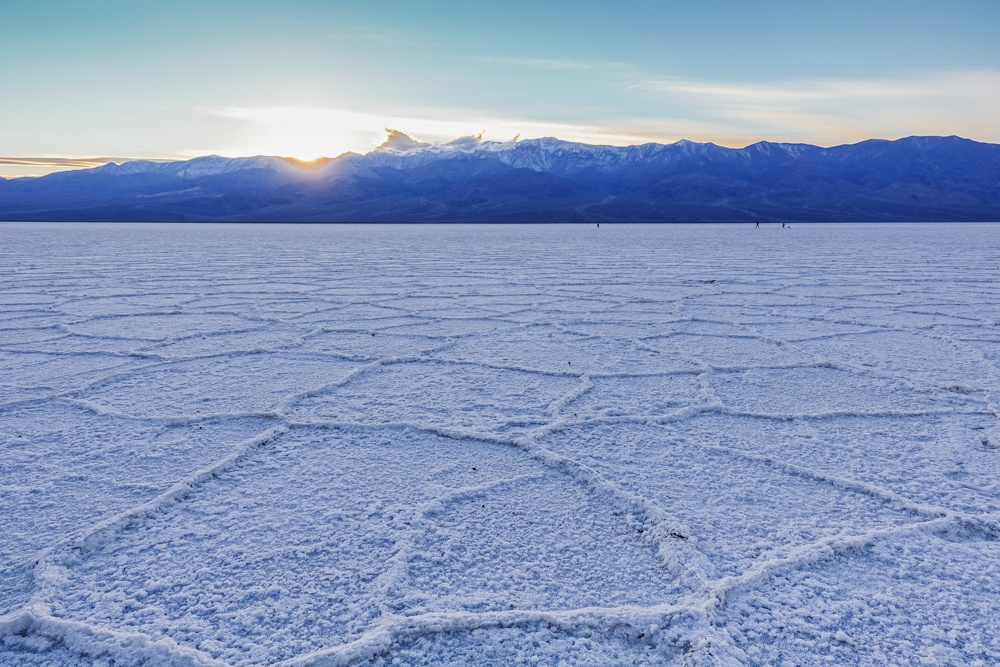
If you want to get even more off-grid than one of the park’s campgrounds, backcountry camping may be the way to go. If you decide to go this route, be sure to prepare accordingly (see below) and camp at least a mile away from any paved or “day use only” roads.
You’ve got to be totally self-sufficient and leave no trace as well. Be sure to pack out all waste, including human waste, or opt for the bathrooms at trailheads like the Painter’s Palette, Golden Canyon, or Zabriskie Point instead.
Check out my car camping setup and my best car camping tips in this video:
You can find a full list of Death Valley’s backcountry camping rules here and a map of backcountry areas here.
A Note on Preparedness
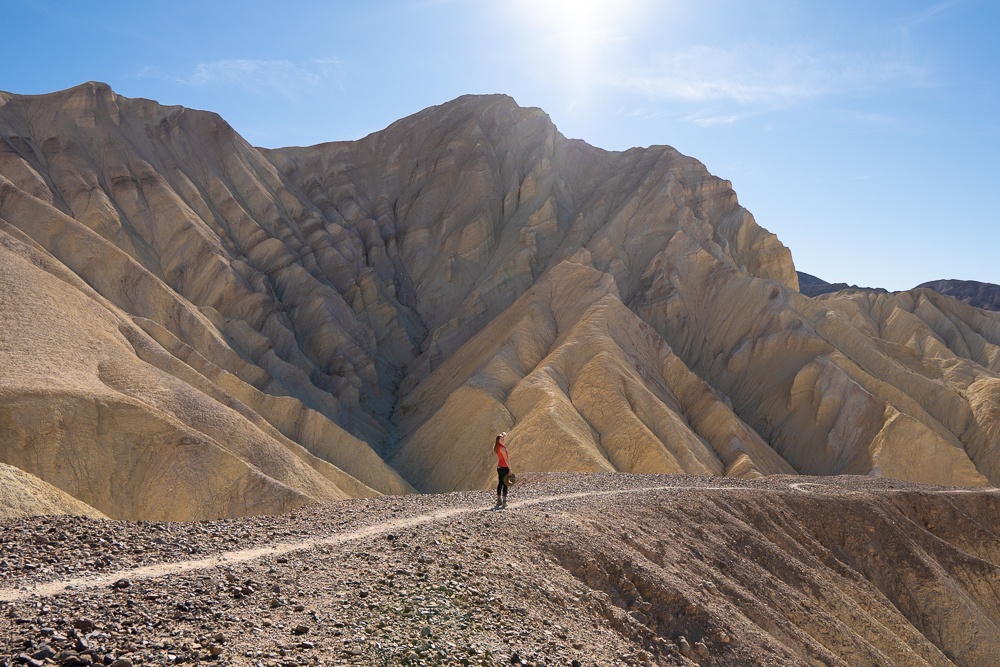
As I’ve mentioned earlier, the extreme heat of Death Valley in the summer makes camping difficult during the summer months, when midnight temperatures can surpass 100 degrees Fahrenheit! Meanwhile, the winter months bring some chilly temperatures—so be sure to bring layers if you come during the colder season.
No matter what time of year you come, bringing extra water and an extra spare tire is a must. For more tips as to what to bring for your adventure, check out BMTM’s ultimate camping alone guide and perfect car camping checklist.
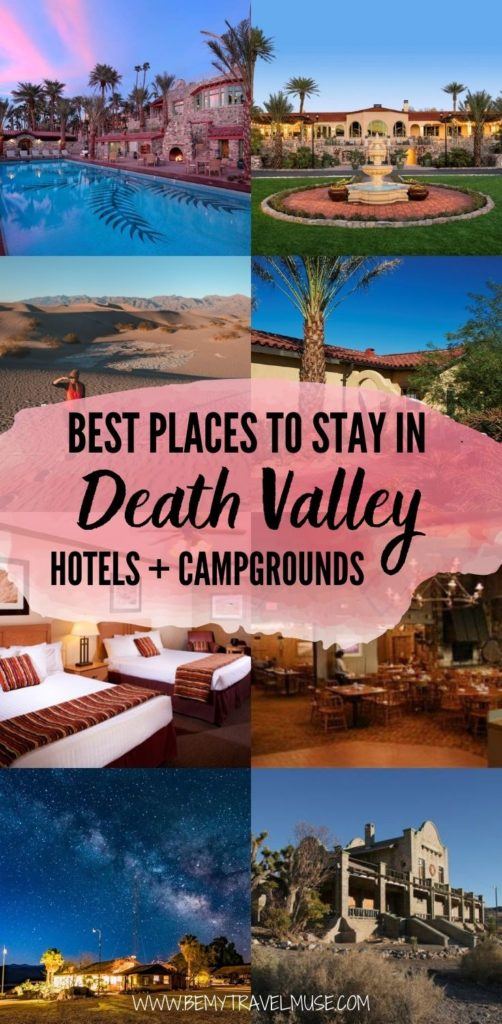
Though a visit to Death Valley requires a lot of preparation, the park’s 3.4 million acres make the planning worth it. Whether you decide to brave the park’s intensely hot summer or take advantage of its winter weather, there is a variety of accommodation options to choose from.
Is there a place you’d like to stay in Death Valley? Let me know!
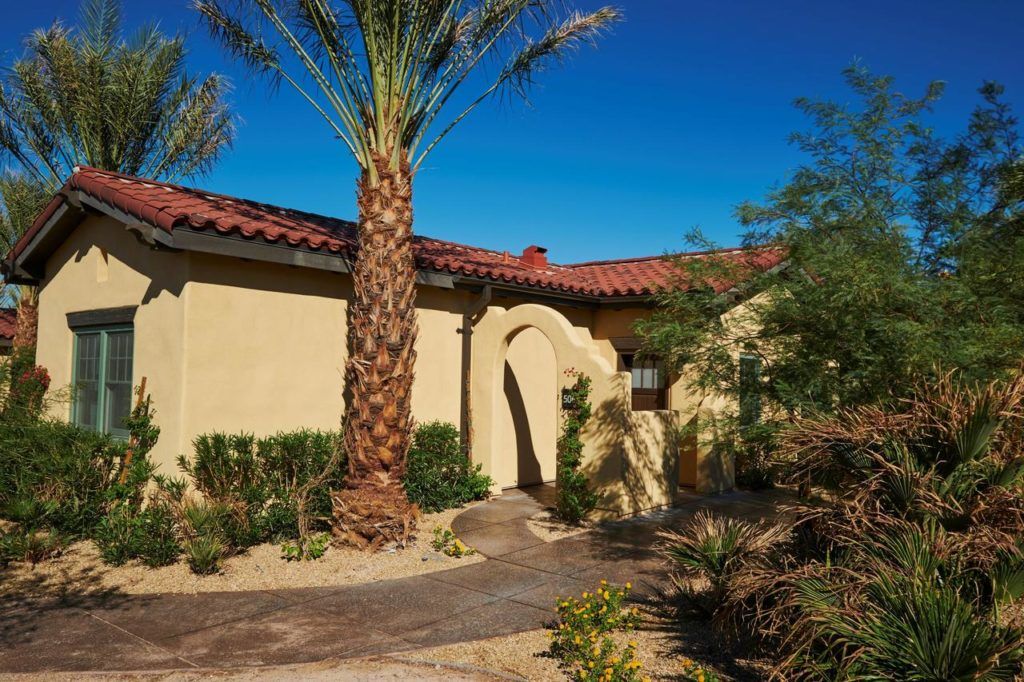
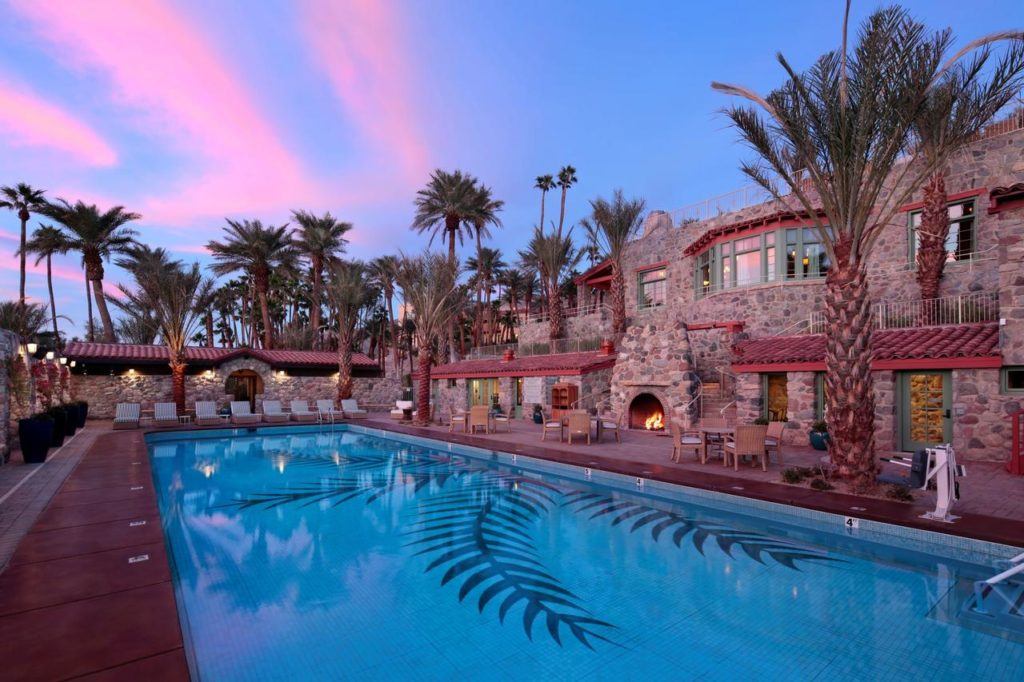
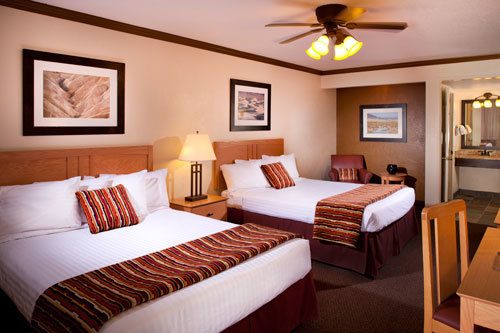
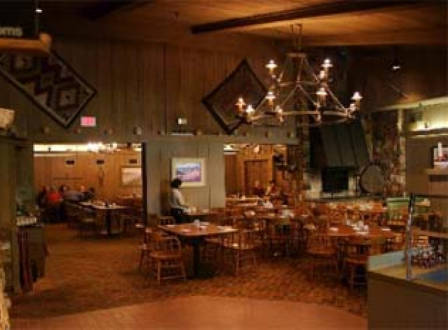

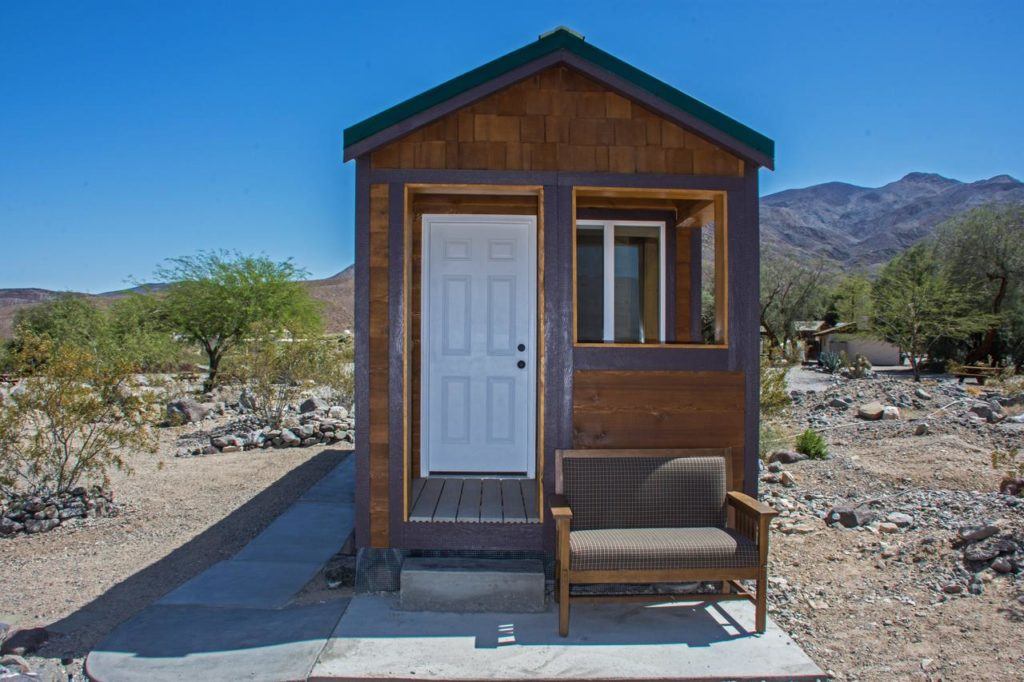
Leave a Reply